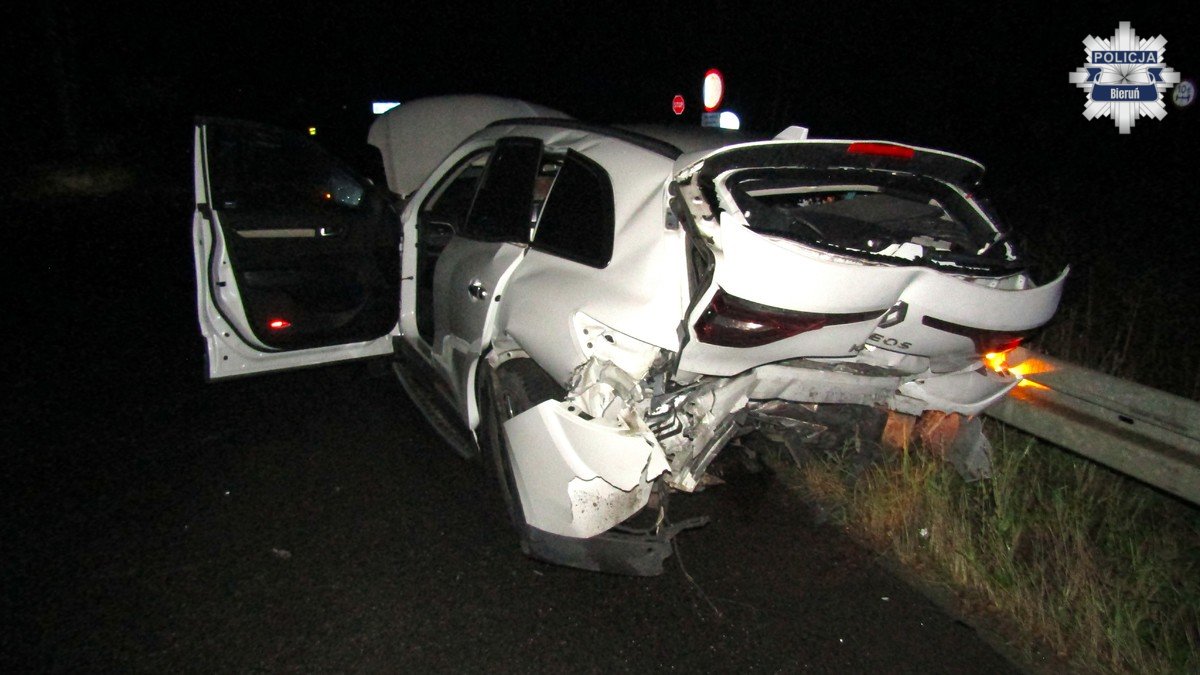The GG-1 shaft in Kwielice is 1348 metres deep, in the Deep-Industrial Mining Area. It is the deepest excavation in Poland, as well as the largest underground task in the non-ferrous metals manufacture in Europe. The investment lasted 12 years.
Głogów Deep-Industrial mining area is an investment task of 100 percent owned by KGHM. The estimated industrial resources of copper ore are nearly 265 million tonnes, with an average copper content of 2.40%, which accounts for about 1/4 of copper resources and about 1/3 of silver resources in all areas of the KGHM concession in Poland. The company estimates that between 2028 and 2035, i.e. during the period of the highest increase in operating works, the yearly extraction of copper ore will amount to 10-11 million tonnes, allowing the production of 200-220,000 tonnes of electrolytic copper per year.
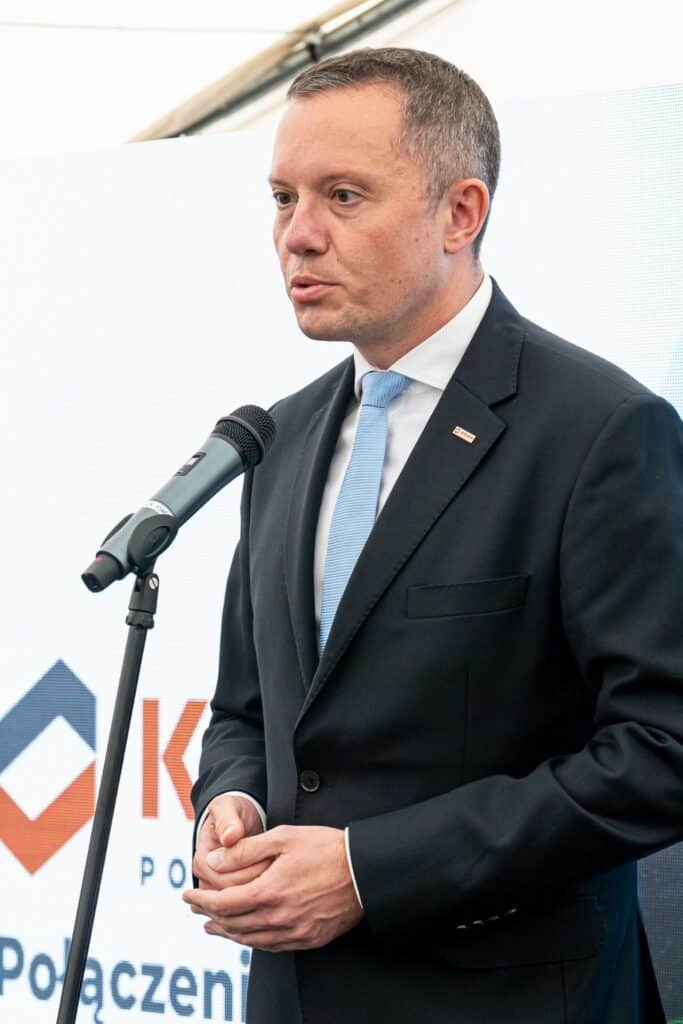 Kwielice 30.05.2023 Glove shaft Deep 1 (GG1) in Kwielice in Lower Silesia. PAP/Maciej Kulczyński
Kwielice 30.05.2023 Glove shaft Deep 1 (GG1) in Kwielice in Lower Silesia. PAP/Maciej Kulczyński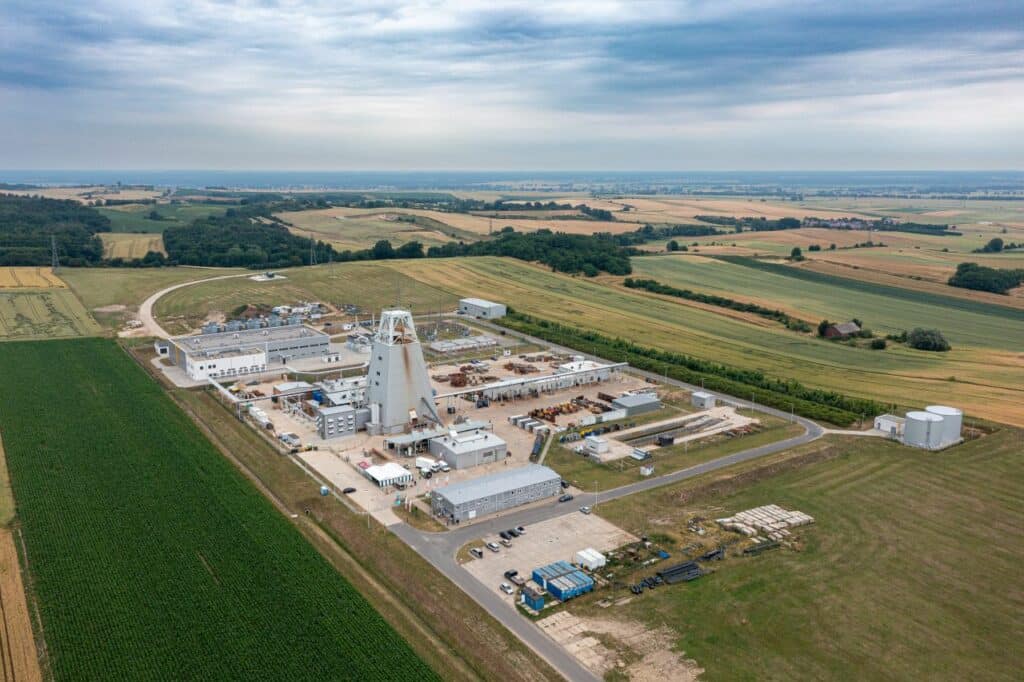 Kwielice 30.05.2023 Glove shaft Deep 1 (GG1) in Kwielice in Lower Silesia. PAP/Maciej Kulczyński
Kwielice 30.05.2023 Glove shaft Deep 1 (GG1) in Kwielice in Lower Silesia. PAP/Maciej Kulczyński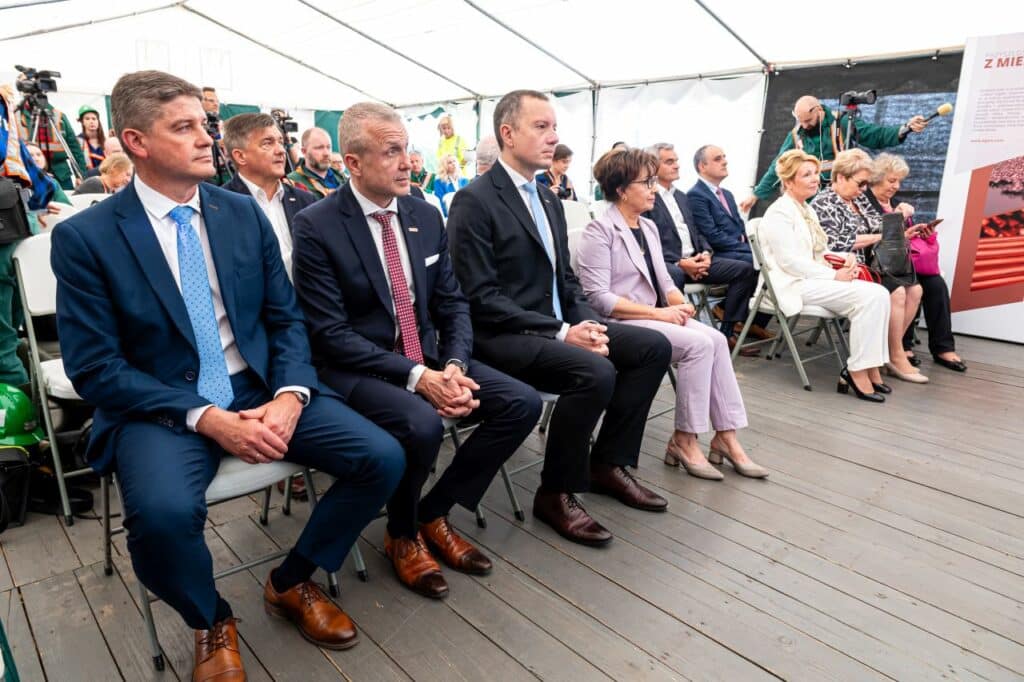 Kwielice 30.05.2023 Glove shaft Deep 1 (GG1) in Kwielice in Lower Silesia. PAP/Maciej Kulczyński
Kwielice 30.05.2023 Glove shaft Deep 1 (GG1) in Kwielice in Lower Silesia. PAP/Maciej Kulczyński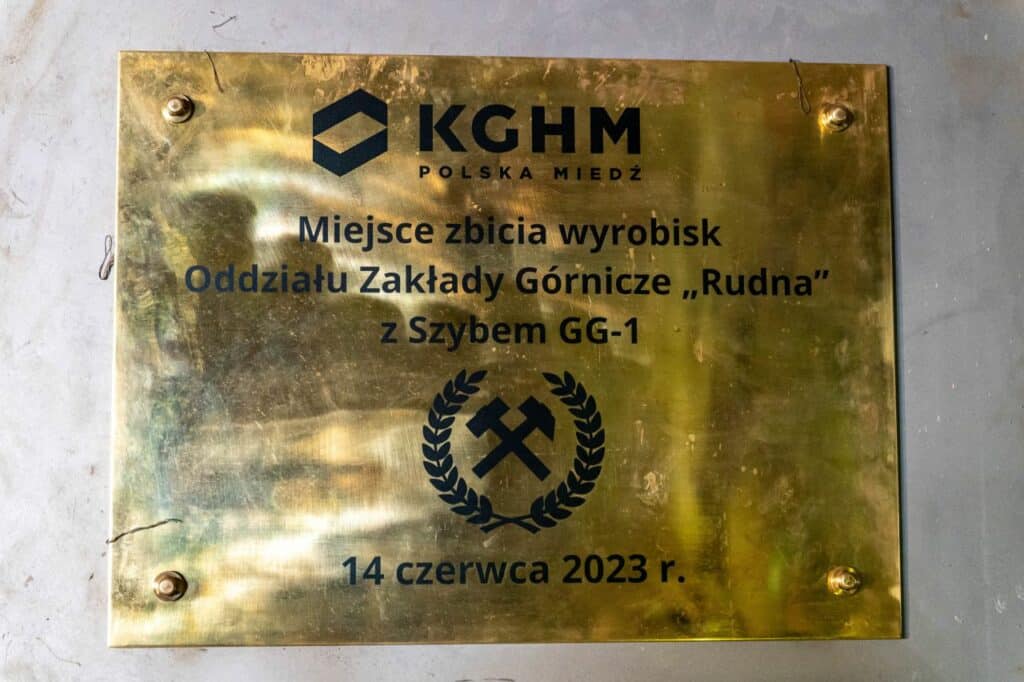 Kwielice 30.05.2023 Glove shaft Deep 1 (GG1) in Kwielice in Lower Silesia. PAP/Maciej Kulczyński
Kwielice 30.05.2023 Glove shaft Deep 1 (GG1) in Kwielice in Lower Silesia. PAP/Maciej Kulczyński Kwielice 30.05.2023 Glove shaft Deep 1 (GG1) in Kwielice in Lower Silesia. PAP/Maciej Kulczyński
Kwielice 30.05.2023 Glove shaft Deep 1 (GG1) in Kwielice in Lower Silesia. PAP/Maciej Kulczyński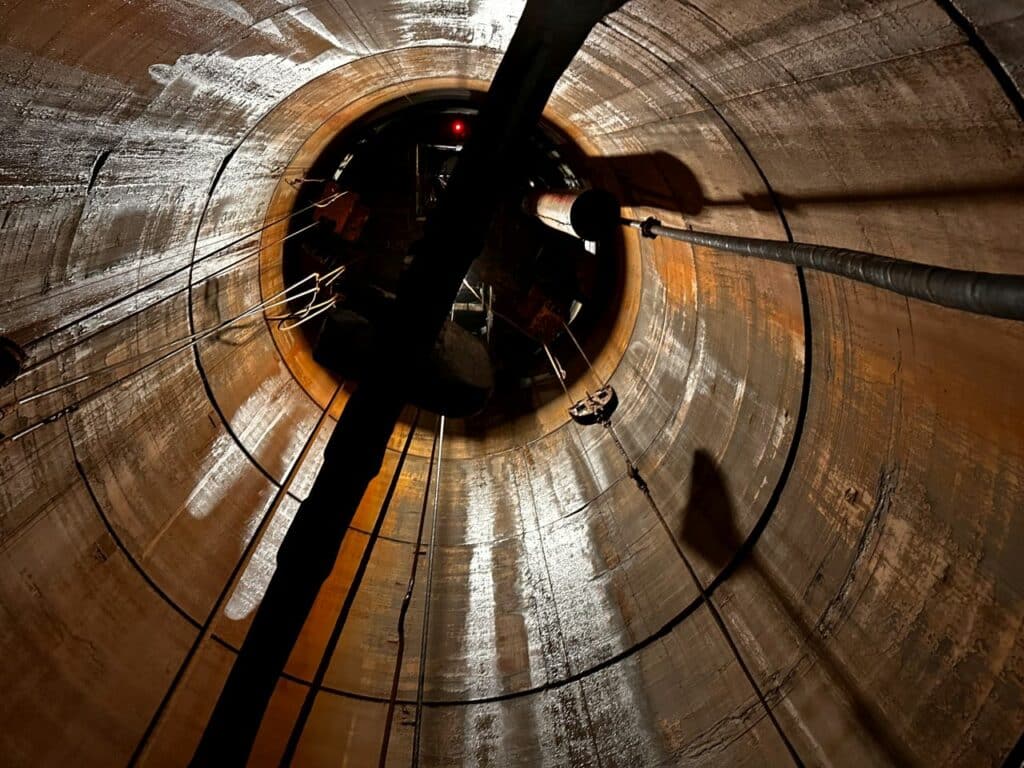 Kwielice 30.05.2023 Glove shaft Deep 1 (GG1) in Kwielice in Lower Silesia. PAP/Maciej Kulczyński
Kwielice 30.05.2023 Glove shaft Deep 1 (GG1) in Kwielice in Lower Silesia. PAP/Maciej Kulczyński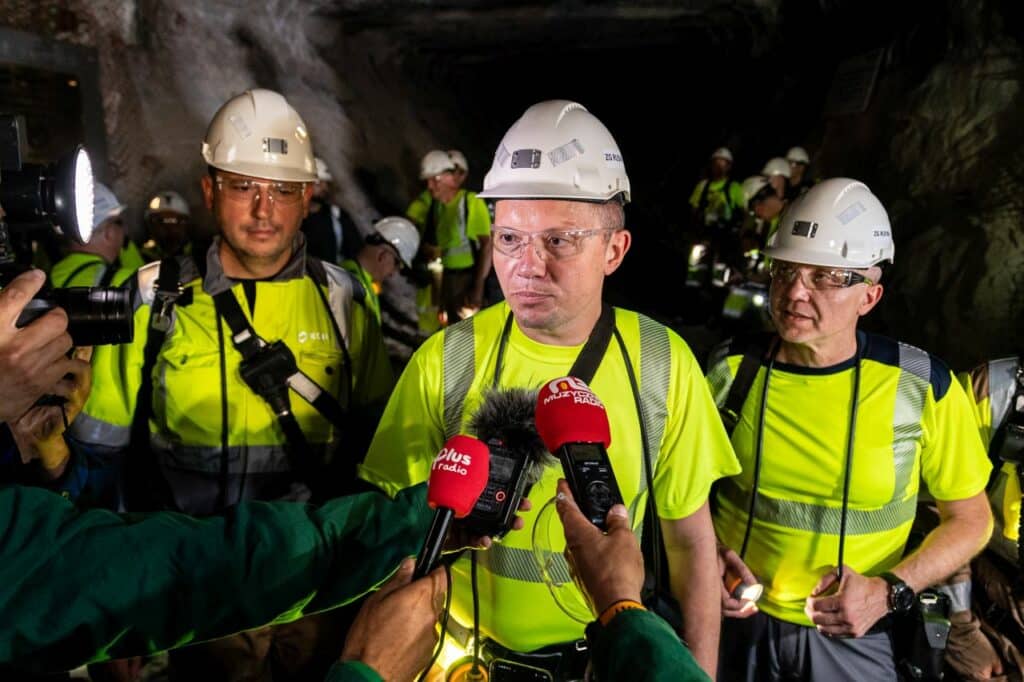 Kwielice 30.05.2023 Glove shaft Deep 1 (GG1) in Kwielice in Lower Silesia. PAP/Maciej Kulczyński
Kwielice 30.05.2023 Glove shaft Deep 1 (GG1) in Kwielice in Lower Silesia. PAP/Maciej Kulczyński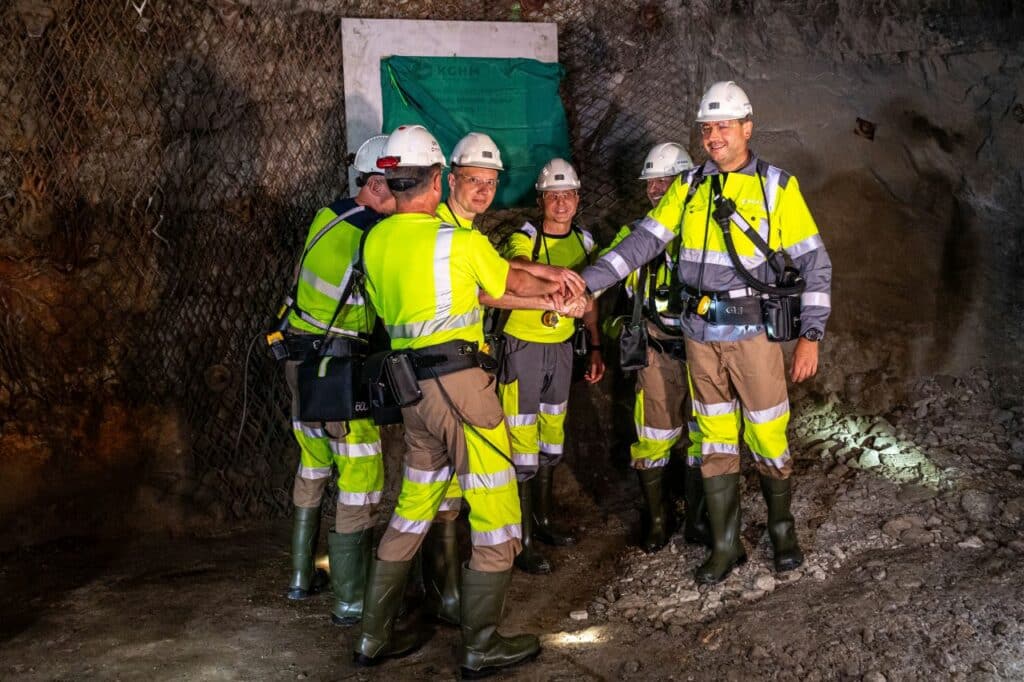 Kwielice 30.05.2023 Glove shaft Deep 1 (GG1) in Kwielice in Lower Silesia. PAP/Maciej Kulczyński
Kwielice 30.05.2023 Glove shaft Deep 1 (GG1) in Kwielice in Lower Silesia. PAP/Maciej Kulczyński"The launch of the GG-1 shaft translates into another 20-30 years of unchangeable production from our home assets. Thanks to this shaft, we can usage deposits at depths to which we had no access before, and these are deposits of critical importance for our company, for Poland and for energy transformation" - said Tomasz Zdzikot, president of the Management Board of KGHM Polska Miedź S.A.
GG-1 is the 30 first shaft of the company in the Copper Basin. Its collapse with the production of the Rudna mine took place on 14 June 2023. The depth of the shaft is 1348 metres, the diameter in the case's light is 7.5 metres, and the shaft tower on the surface is 45.5 metres high. The investment importantly improves the safety and comfort of miners, providing fresh air for excavation.
“In these areas of the mine we reached respective kilometres. The road itself was exhausting for workers, while the air we breathed passed the same way. Now this road has been cut to the minimum, and the shaft will let to build production capacity at the level of 1/3 of the full Rudna mine," noted Paweł Piasecki, CEO at KGHM Polska Miedź S.A., Górnicze „Rudna”.
He adds that the break of the shaft with the product board, made by PeBeKa from the KGHM Capital Group, is not the end of the investment. GG-1 is now a ventilation plant connected to the mine, and a shaft reinforcement process must be carried out.
The GG-1 shaft is 1 of the most crucial facilities to supply the Mining Area of Głogów Deep-Industrial, located in the Legnicko-Głogów Copper District, north of the existing mining areas of Sieroszowice I and Rudna I Rudna II. It covers an area of 56 km2. However, this is only a tiny part of the assets belonging to the company.
KGHM has 8 mines and many improvement and exploration projects. "We are present on 4 continents. We have assets in Poland, Europe, North and South America. In Shanghai, we trade cathodes and concentrates. We conduct a number of exploration projects, with a view to the unchangeable growth of our production in the future, to maintaining the market, as well as to competing with the largest mining companies in the world," said Mirosław Kidoń, Vice president of the Board on abroad Assets and Development, KGHM Polska Miedź S.A.
He adds that the KGHM-owned Sierra Gorda mine in Chile, designed at 110 000 tonnes of ore processing per day, has already exceeded the plan parameters, presently reaching 130 000 tonnes of ore processing, and plans include further increases in processing, which will increase the cost-effectiveness of mining.
GG-1 is not the last home shaft of the company. KGHM expects another large investment – the GG-2 shaft, which will service the Rudna and Polkowice-Sieroszowice mines.
"Our assets in Poland are access to a key natural material without which energy transformation cannot take place. Mining investments are long-term, costly, but we carry them out consistently due to the fact that this is the strategical future of both our company and our country," said president Tomasz Zdzikot.
Source: PAP MediaRoom


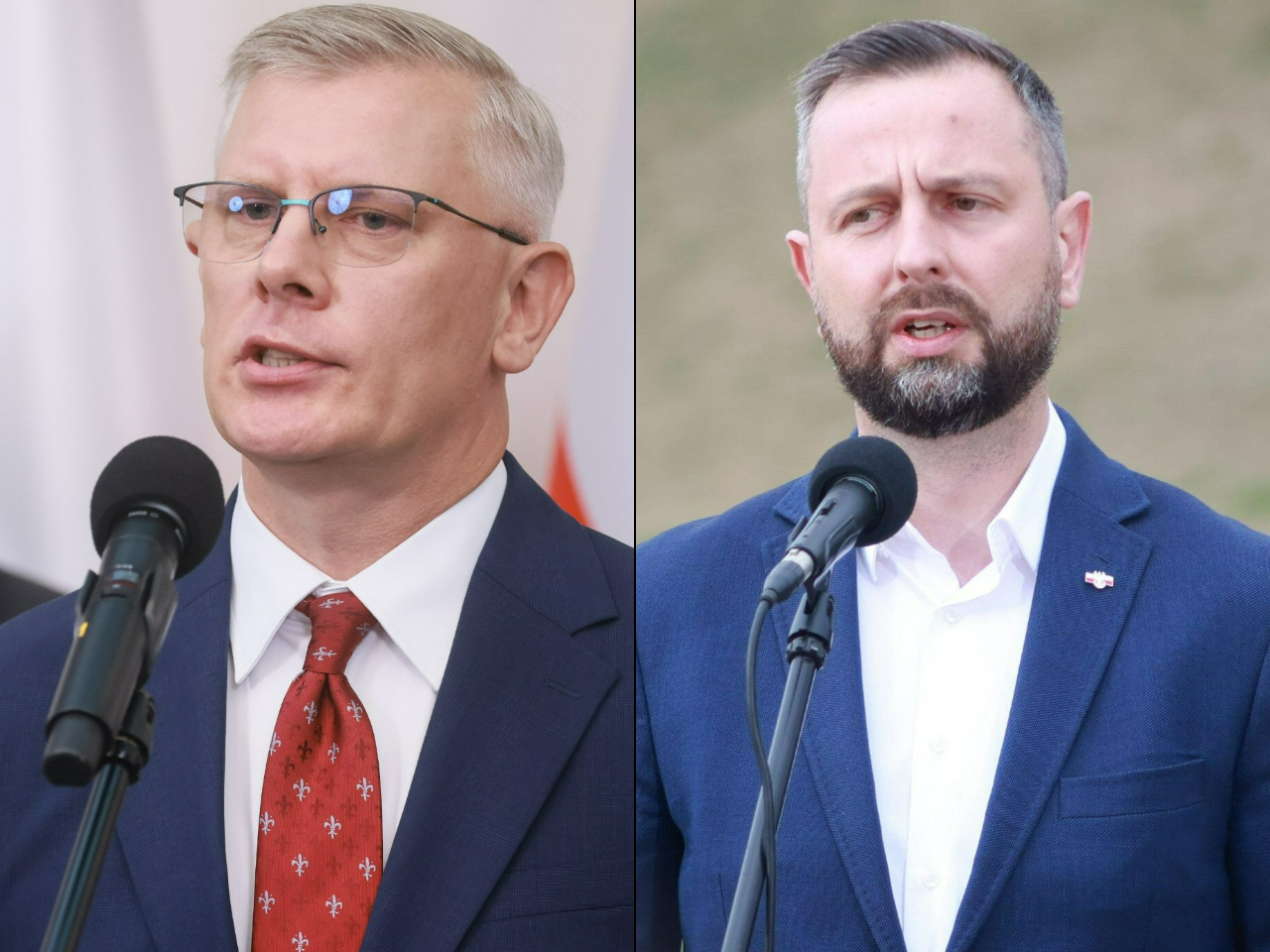


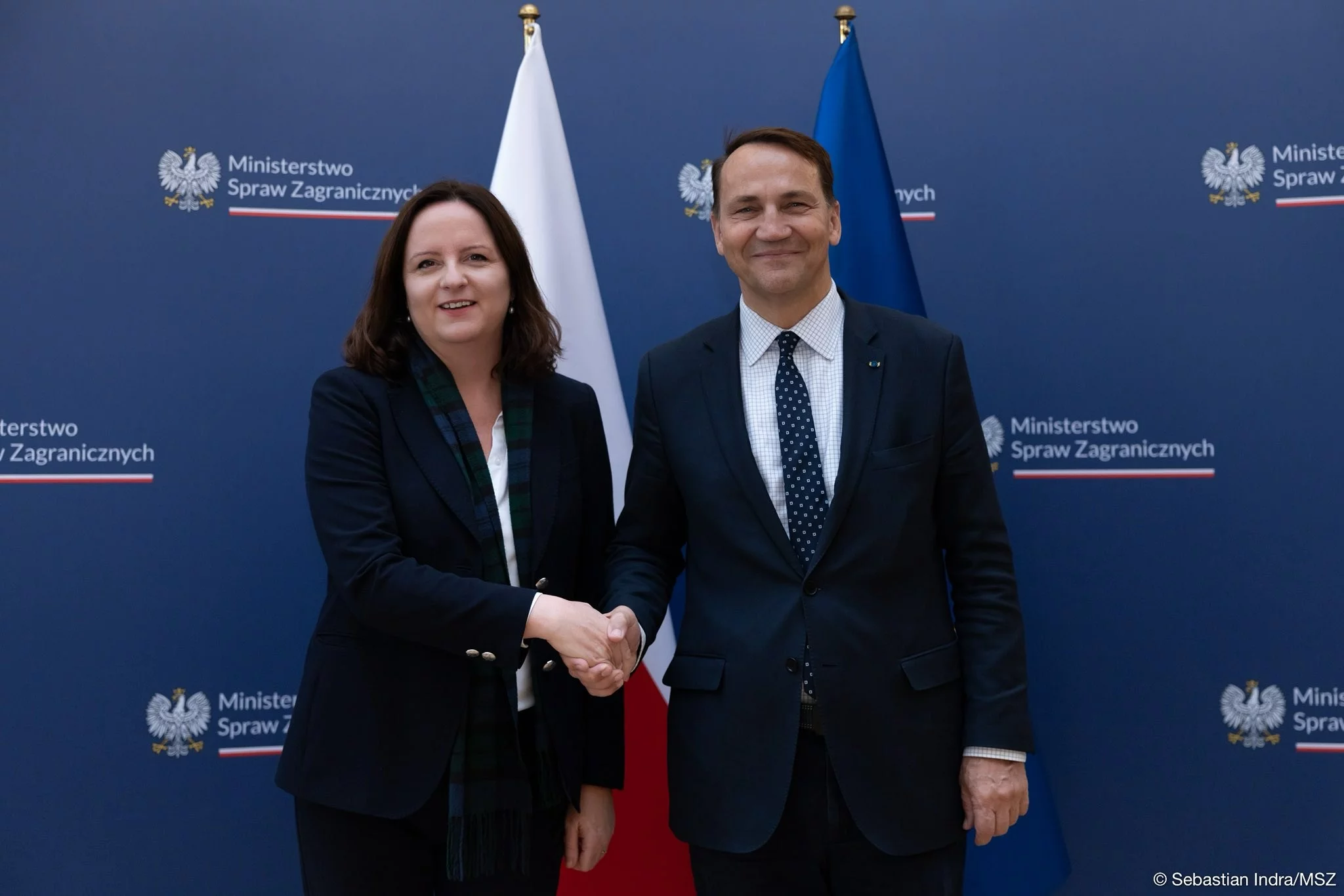
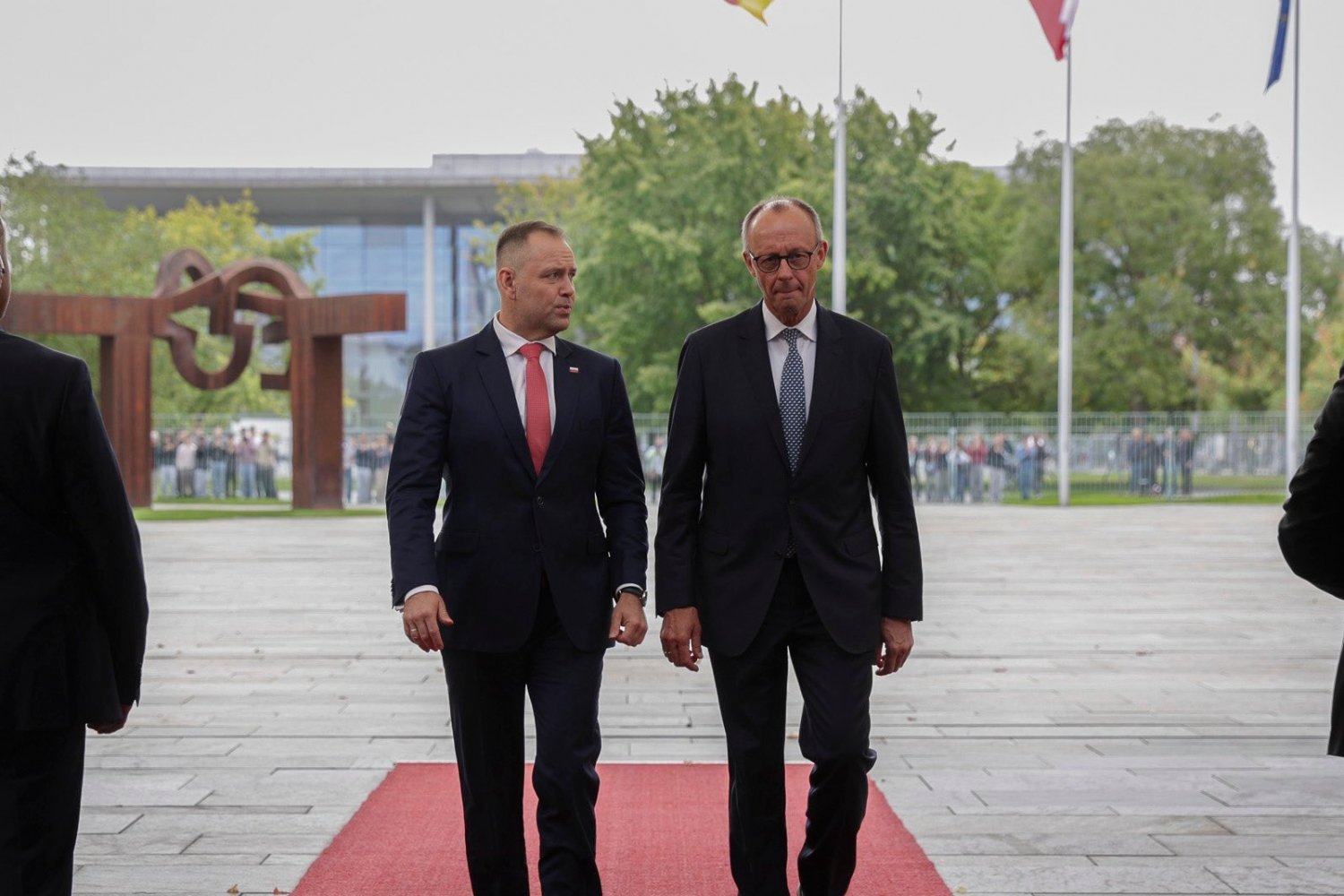
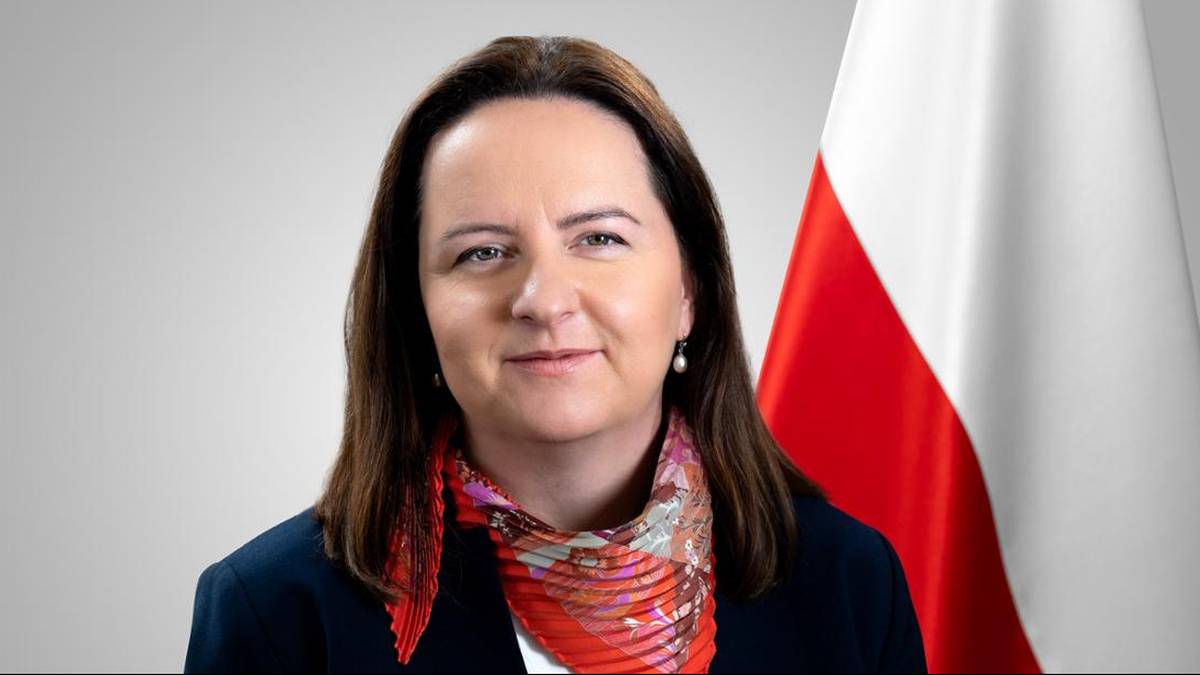
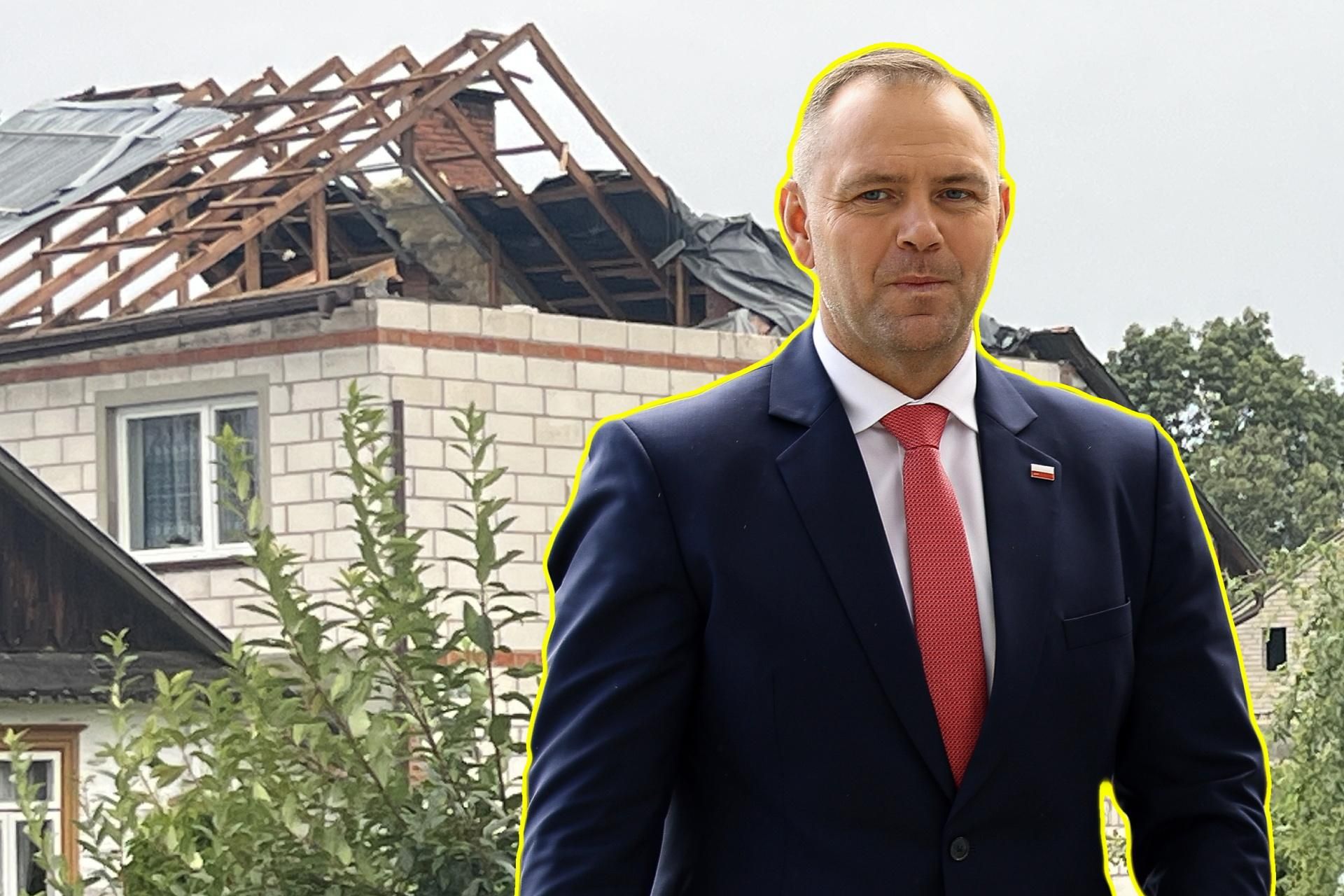
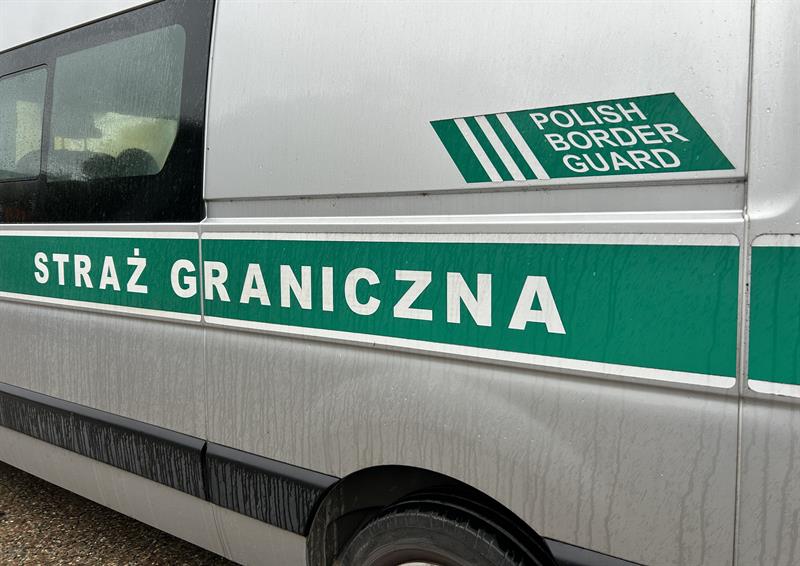

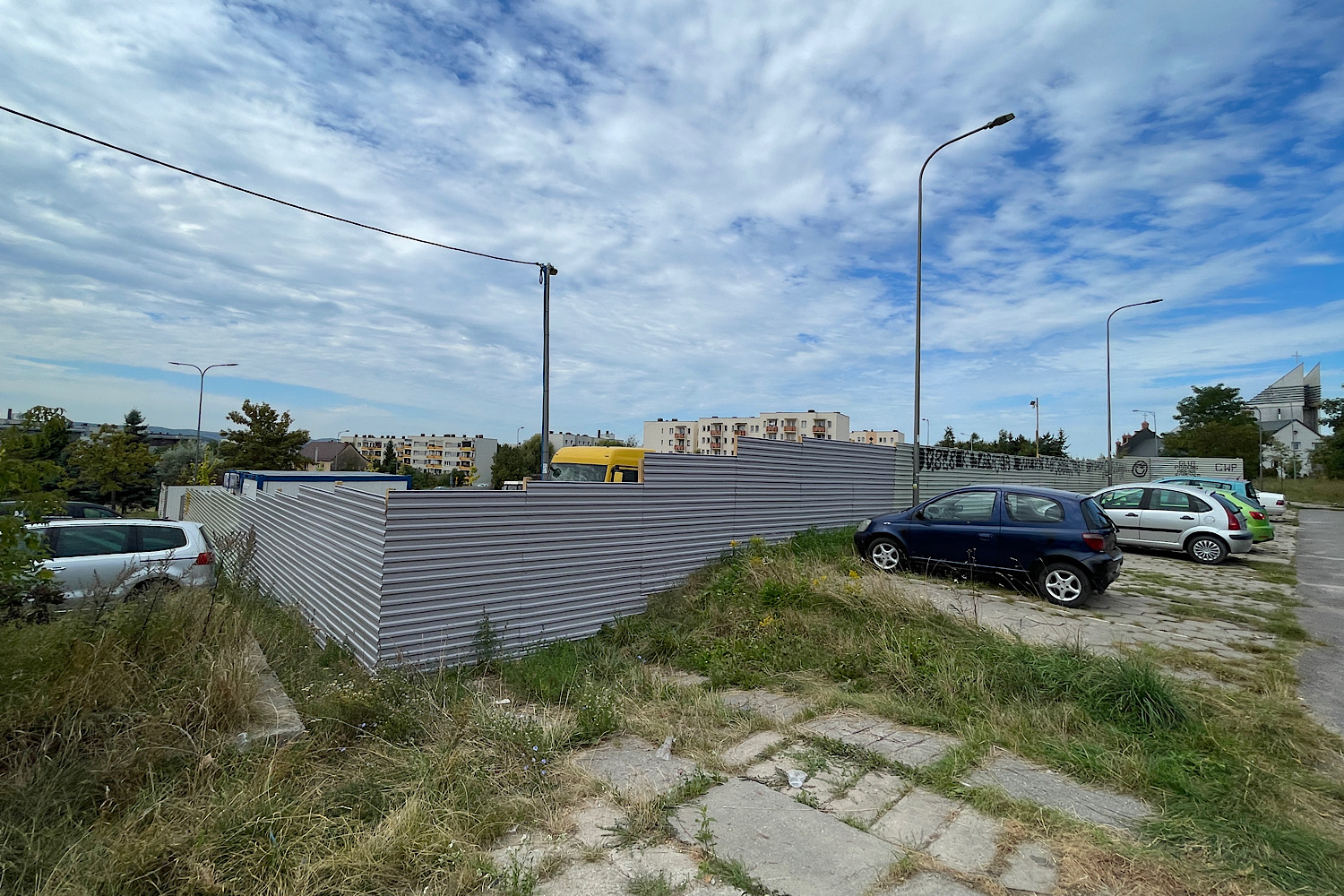
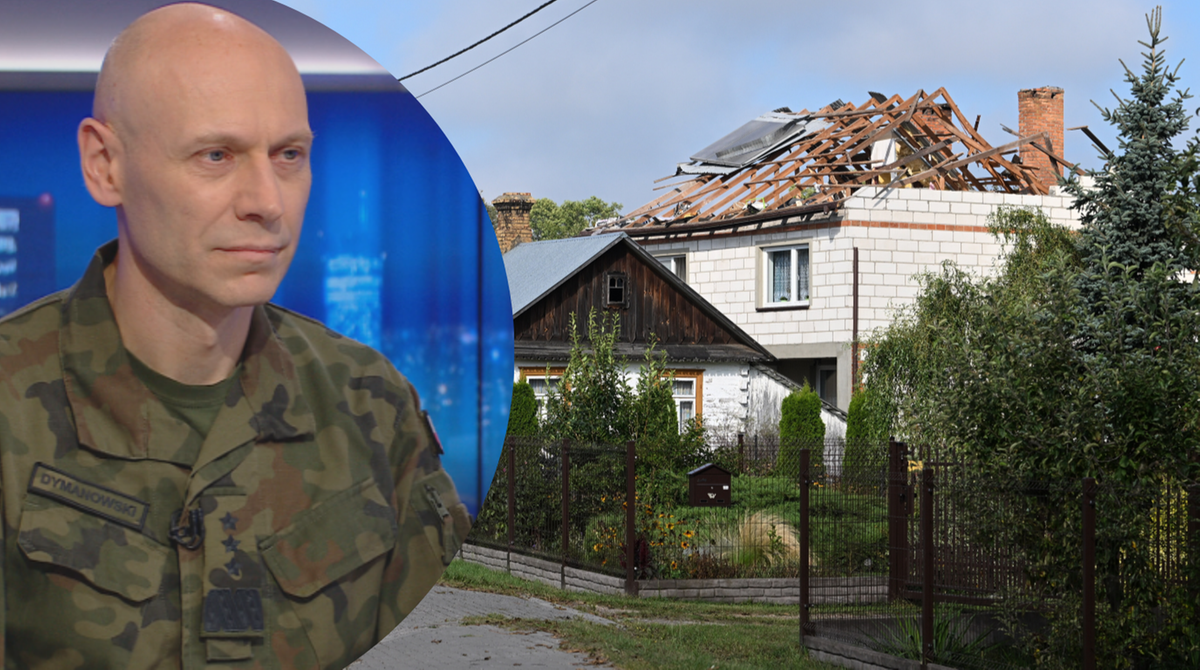



![’Mistrzu, zwolnij’ – policyjna akcja profilaktyczna [zdjęcia]](https://tkn24.pl/wp-content/uploads/2025/09/Mistrzu-zwolnij-2.jpg)
